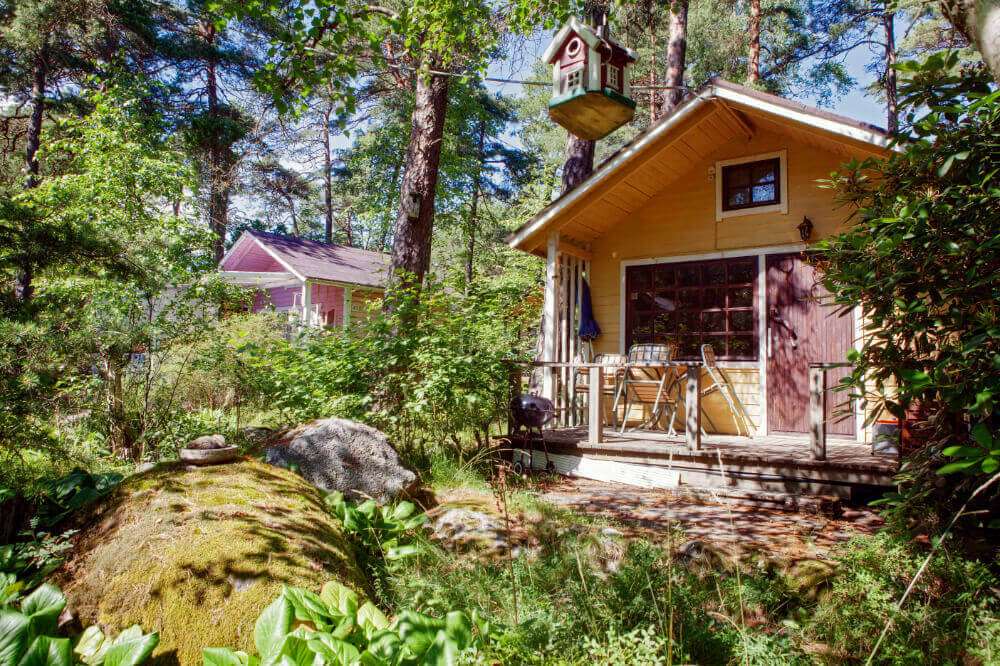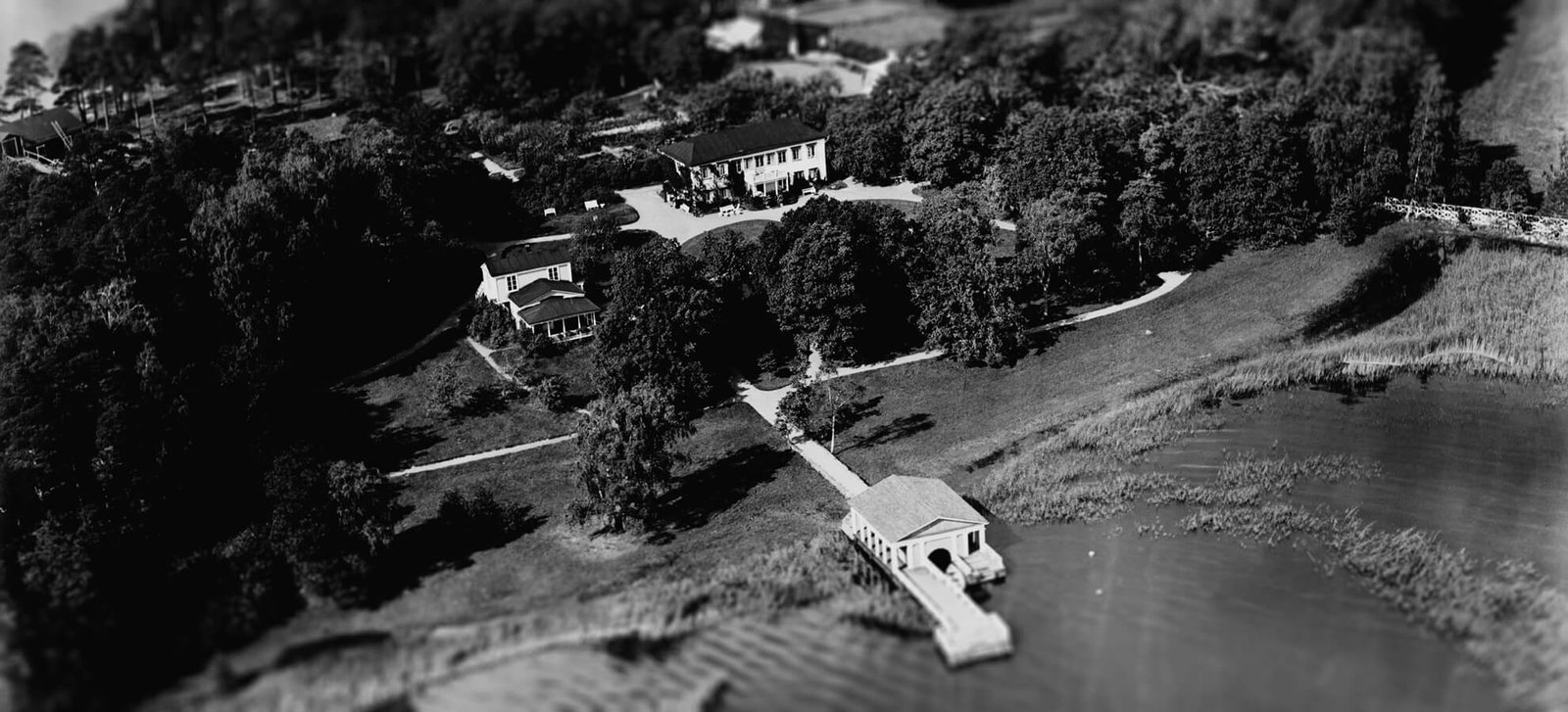How can you identify a manor? Generally speaking, the word ‘manor’ usually refers to a wealthy major estate and its large main building and surrounding scenery. Manors had plenty of forestland and cultivated land back in the day.
The hallmarks of manor scenery include a visually impressive formal garden, a less formal English-style landscaped garden and a tree-adorned road leading to the manor. The manors of Helsinki also had some kind of connection with water, a river or the sea, as well as a nearby country road. There are remains and even intact examples of these hallmarks in a total of 27 locations in Helsinki.
Manors were more than just impressive dwellings for the nobility and higher-class people. Many of them served as very active production facilities. Manor owners were pioneers in the development of agriculture and animal husbandry. In addition to farming and livestock production, manors were also sites for small-scale industry operations: sawmills, ironworks, brickworks, greenhouses and nursery gardens.
The manors of Helsinki were born in two waves. In the mid-17th century, when Finland was under Swedish rule, the parish of Helsinki had 15 manors, which were tax-exempt estates owned by nobles. Instead of paying taxes, they would send a cavalryman or cavalrymen to serve in the King’s army.
The second wave of manors was kicked off by the construction of the Sveaborg fortress from 1748 onwards. High-ranking military officers and businessmen would acquire manors to serve as dwellings and secondary sources of income. The construction of the Sveaborg fortress and the new capital city required an enormous amount of construction materials. In 1809, Finland became a grand duchy under the rule of the Russia and, Helsinki consequently, the capital of the country in 1812. The leading public officials and businessmen of the capital city would also acquire manors as dwellings and investments, as was the trend at the time. In the 1840s, the parish of Helsinki already had 40 manors. A total 27 of them still remain in Helsinki today, while one of them, Östersundom Manor, is located in the new annexation area.
Manors amidst winds of change
The financial and societal position of manors was in decline after the mid-19th century due to a political transformation that had taken place in society. Society’s class system began to crumble and the nobility lost its leading position as the result of changes such as the emancipation of serfs.
The city grew, a railway was built and there was a great need for land. Some of the manor owners invested in horticulture. Others would parcel out their lands and put them up for sale as villas or for farming purposes. The higher class were happy to buy plots and have summer villas built on them. This gave birth to Helsinki’s villa culture.
At first, the administration of Helsinki did not know to adopt an active approach to land acquisition, even though there was a dire shortage of plots. This resulted in the creation of land companies that would purchase lands, divide them into plots and sell them on. The managements of these land companies featured leading economists, university figures, engineers and architects interested in developing the city. At the end of 1907, land companies had almost surrounded Helsinki with land areas that they owned. The City’s officials eventually woke up to this reality, and a detailed plan committee was established to focus on land areas needed to accommodate the growth of Helsinki and its different functions.
1906 marked the end of the Diet of Finland, whereby Finland received a unicameral Parliament and all citizens were given a universal and equal right to vote. Once Finland had become independent, lawmakers began to lay down significant laws due to which the nobility and other major landowners began to gradually lose their privileges. Advocated by Kyösti Kallio, the Act on the Repurchase of Lease Areas, also known as the Crofter Act, entered into force after the Finnish Civil War in 1918. Crofters had taken part in the work of manors in the form of free day work as compensation for being allowed to farm and live in their crofts. With the new law, they were allowed to purchase the crofts for themselves, becoming independent small-scale farmers. Those without land were also given land of their own from manor lands as a result of the 1921 law known as Lex Kallio. For manors, this meant that farming became more expensive, as they had to pay a salary to their workforces. Little by little, major estates crumbled and were passed from one owner to another, eventually ending up under the City’s ownership as a result of its land acquisition operations.


It can be said that Helsinki has grown and expanded primarily onto the lands of former manors. In other words, we can thank manors for Helsinki’s interesting districts and magnificent, historical parks, the stories of which stem from the history of the manors. The manor areas are a significant identity factor and a source of pride for many districts of Helsinki.
Since their heyday, the manors of Helsinki and their surroundings have gone through a variety of phases. Some have been destroyed, while others have risen from oblivion to new prosperity. Today, Helsinki understands the significance of its manor areas but is still yet to establish a shared vision of how this valuable and diminished cultural heritage should be cared for in the future.
Source: Ranja Hautamäki: Kartanot kaupungissa, Aalto University 2016.

